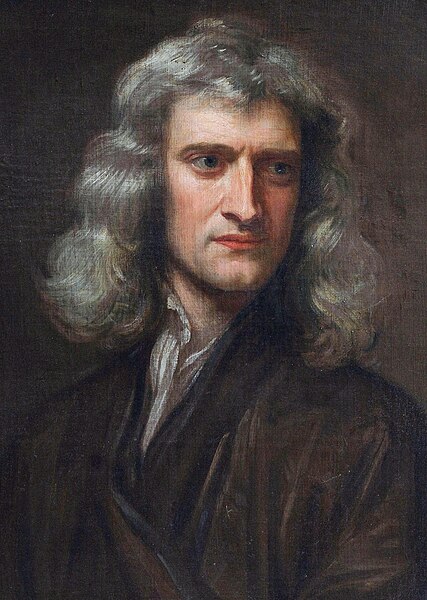Space is a three-dimensional continuum containing positions and directions. In classical physics, physical space is often conceived in three linear dimensions. Modern physicists usually consider it, with time, to be part of a boundless four-dimensional continuum known as spacetime. The concept of space is considered to be of fundamental importance to an understanding of the physical universe. However, disagreement continues between philosophers over whether it is itself an entity, a relationship between entities, or part of a conceptual framework.
Gottfried Leibniz
Isaac Newton
Immanuel Kant
Carl Friedrich Gauss
Time is the continued sequence of existence and events that occurs in an apparently irreversible succession from the past, through the present, and into the future. It is a component quantity of various measurements used to sequence events, to compare the duration of events or the intervals between them, and to quantify rates of change of quantities in material reality or in the conscious experience. Time is often referred to as a fourth dimension, along with three spatial dimensions.
The flow of sand in an hourglass can be used to measure the passage of time. It also concretely represents the present as being between the past and the future.
Horizontal sundial in Canberra
24-hour clock face in Florence
A contemporary quartz watch, 2007








